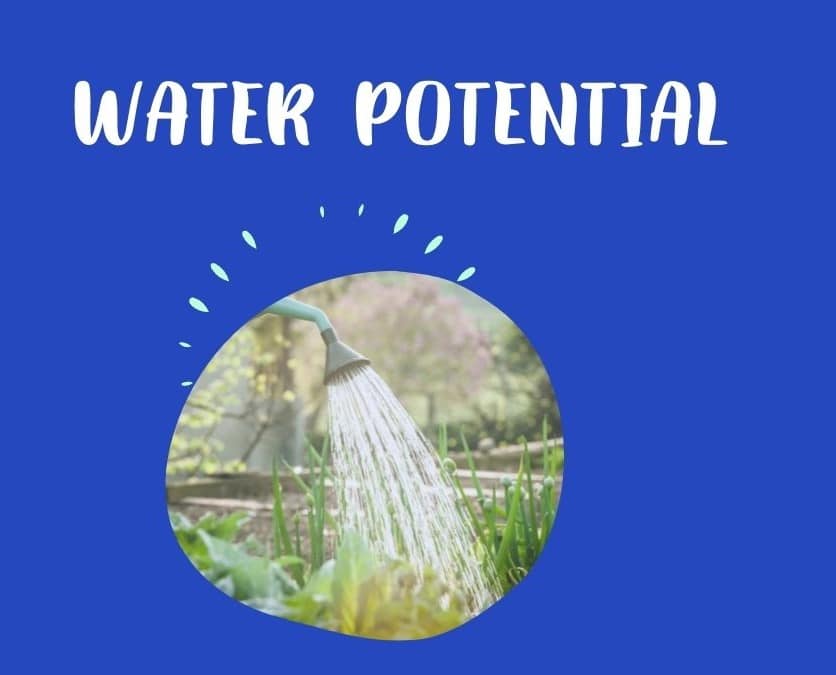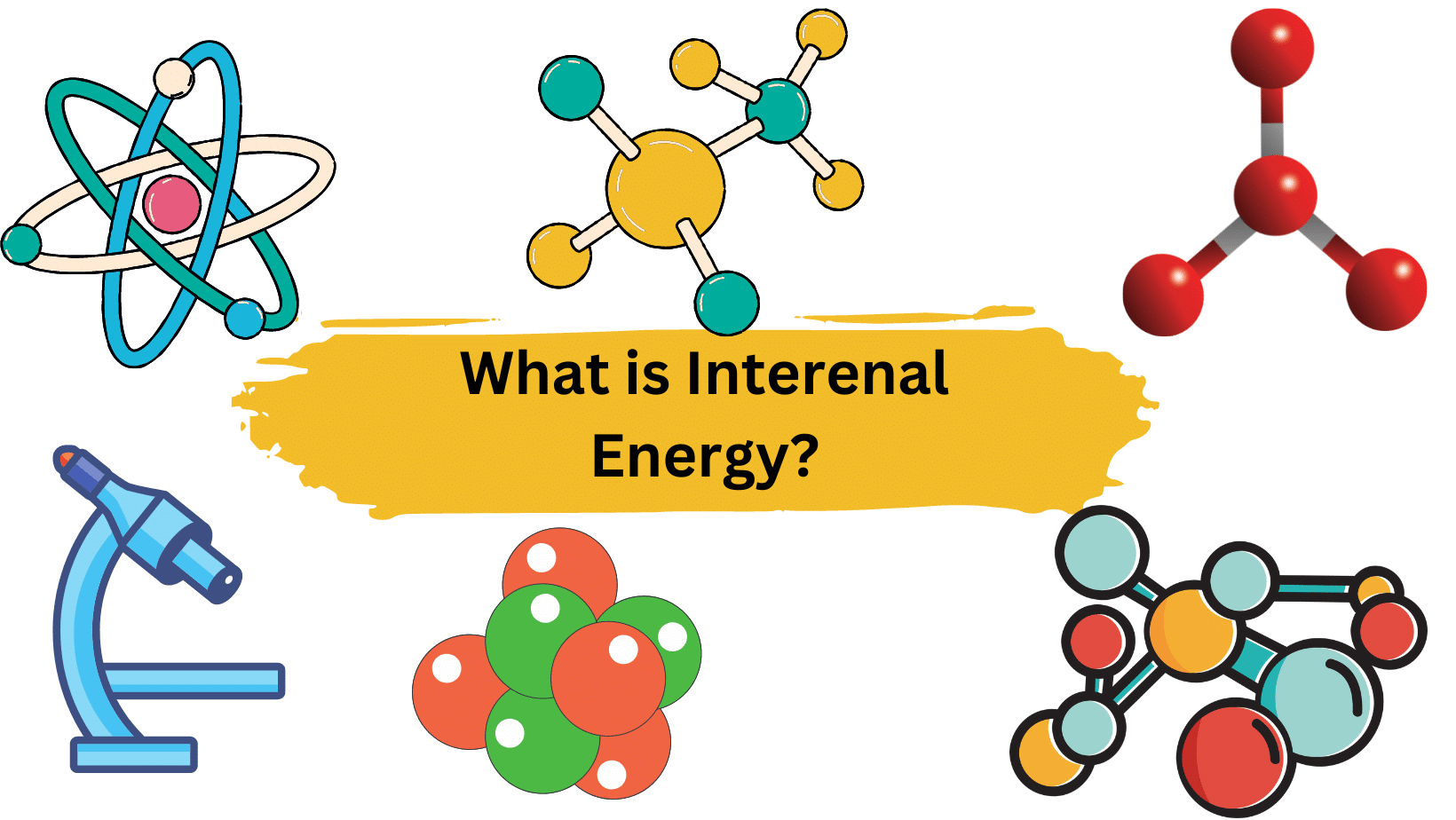Fresh water is water that has a very low concentration of dissolved salts and other minerals. Specifically, it is water that has less than 1,000 parts per million (ppm) of dissolved salts and minerals, which is equivalent to less than 0.1% of its total mass. Fresh water is essential for human and animal life and is used for drinking, irrigation, industrial processes, and many other purposes. It is found in lakes, rivers, streams, groundwater, and other natural sources, and can also be produced through desalination processes that remove the salt and minerals from seawater.
About 71 per cent of the earth’s surface is covered by water.
On the earth, there are 326 million cubic miles of water.
The oceans contain 97 per cent of the world’s water (too salty for drinking, growing crops, and most industrial uses except cooling).
Freshwater makes up only 3% of the total amount of water on the planet.
2.5 per cent of the world’s freshwater is locked up in glaciers, polar ice caps, and the atmosphere.
Table of Contents
How do we get fresh water?
| Method | Description |
| Surface Water | Water found in lakes, rivers, and streams can be treated and used for drinking, irrigation, and other purposes. |
| Groundwater | Water stored beneath the Earth’s surface in underground aquifers can be accessed by drilling wells and pumped to the surface for use. |
| Rainwater | Rainwater is collected from rooftops and other surfaces, which can then be filtered and treated for use as drinking water or irrigation. |
| Desalination | Process of removing salt and minerals from seawater to produce fresh water, which can be done using various methods, such as reverse osmosis and distillation. |
| Recycling | Wastewater can be treated and recycled for use in irrigation or other non-potable applications. In some cases, it can also be treated and purified for drinking water. This method is also known as water reuse or water reclamation. |
Threats to FreshWater
| Threats to FreshWater | Description |
| Pollution | Pollution from agricultural runoff, industrial waste, and other sources can contaminate freshwater sources, making them unsafe for human consumption and harming aquatic ecosystems. |
| Climate Change | Climate change can alter precipitation patterns, cause droughts and floods, and increase the frequency and severity of storms, all of which can impact the quantity and quality of fresh water available. |
| Overuse | Overuse of freshwater resources can lead to the depletion of aquifers, reduced stream flows, and other problems that can impact both humans and ecosystems. |
| Invasive Species | Invasive species can alter freshwater ecosystems, reducing water quality and changing the composition of aquatic communities. |
| Urbanization | Urbanization can lead to increased demand for freshwater resources, as well as increased pollution and destruction of natural habitats. |
| Water Scarcity | Some regions of the world are experiencing water scarcity, which can lead to conflict and social unrest, as well as economic and environmental problems. |
Weight of Water
Commonly used weight of water relations are given below:
1 cm3 of water = 1 ml = 1 g.
1 L of water = 1000 ml = 1 kg = 1000 g.
1 US gallon of water = 3.785 liters = 3.785 Kg.
1 UK gallon of water = 4.546 liters = 4.546 Kg.
Why do we need to protect our freshwater sources?
- Human Survival: Freshwater is essential for human survival, as we need it for drinking, cooking, and sanitation.
- Ecosystems: Freshwater ecosystems are home to a wide variety of plant and animal species, and are important for maintaining biodiversity.
- Agriculture: Agriculture relies on freshwater for irrigation, and is a major driver of food production around the world.
- Energy Production: Many forms of energy production, such as hydroelectric power, rely on freshwater resources.
- Economic Development: Freshwater resources are essential for economic development, and are often a key factor in attracting businesses and industries to a region.
- Recreation: Freshwater resources provide opportunities for recreation, such as swimming, boating, and fishing, which are important for human health and well-being.
What plants live in freshwater?
- Water lilies: These aquatic plants have large, round leaves that float on the surface of the water, and are known for their showy flowers.
- Cattails: These tall, reed-like plants are common in wetlands and other freshwater habitats, and provide important habitat for birds and other wildlife.
- Duckweed: This tiny, free-floating plant is often found in slow-moving water, and provides food for fish and other aquatic organisms.
- Water hyacinth: This invasive plant is native to South America, but has been introduced to many other parts of the world. It has large, floating leaves and showy purple flowers, and can quickly take over freshwater ecosystems.
- Algae: There are many different types of algae that live in freshwater, including green algae, blue-green algae, and red algae. These tiny, photosynthetic organisms are important for maintaining water quality and providing food for other aquatic organisms.
- Watercress: This leafy green plant grows in shallow, fast-moving streams and provides an important food source for humans and wildlife alike.
Water Cycle and Freshwater
- Evaporation: The water cycle begins when the sun heats up water in rivers, lakes, and oceans, causing it to evaporate and form water vapour.
- Condensation: As water vapour rises into the atmosphere, it cools and condenses into clouds.
- Precipitation: When the clouds become heavy enough, the water droplets fall back to the ground as precipitation, which can take the form of rain, snow, or hail.
- Infiltration: Some of the precipitation is absorbed into the ground and becomes groundwater.
- Runoff: The rest of the precipitation runs off the surface of the land and back into rivers, lakes, and oceans.
- Transpiration: Plants and trees also play a role in the water cycle by absorbing water from the soil and releasing it into the atmosphere through a process called transpiration.
Frequently Asked Question
1. Why does oil float on water?
Oil floats on water because its density is lower than that of water. Density in liquids is defined as the amount of mass that may be filled into a cubic meter of volume. Water has a density of roughly 1000 kg/cubic meter, while oil has a density ranging from 800 to 960 kg/cubic meter.
2. What is heavy water?
Heavy water (D2O), also known as deuterium oxide, is water made up of deuterium, a hydrogen isotope with twice the mass of ordinary hydrogen, and oxygen. Heavy water is used in nuclear power plants as a neutron moderator.
3. How many cups are in a gallon?
A US liquid gallon is equal to 16 cups, and a US dry gallon is equal to 18.61 cups. In the United States, one cup equals half a pint (236.6 ml).
To get a more detailed answer, click “how many cups in a gallon.”
4. What is the kinematic viscosity of water?
The kinematic viscosity of water at 20 °C is about 1 cSt.
The physical unit for kinematic viscosity is the stokes (St), named after George Stokes. It is sometimes expressed in terms of centistokes (cS or cSt); 1 stokes = 100 centistokes = 1 cm2 s−1 = 0.0001 m2 s−1.
More Interesting Topics
What is Heavy Water? – What’s Insight
How Many Water Bottles is a Gallon| Examples – What’s Insight
How many cups in 128 ounces? – What’s Insight
How Many Cups in a Gallon? Cups to Pints, Quarts, and More
Unit Weight of Water
Soft Water vs. Hard Water
Cubic Foot of Water Weight
- BCl3 Lewis Structure in four simple steps - November 1, 2023
- PH3 Lewis Structure in four simple steps - October 8, 2023
- PF3 Lewis structure in four simple steps - September 24, 2023



